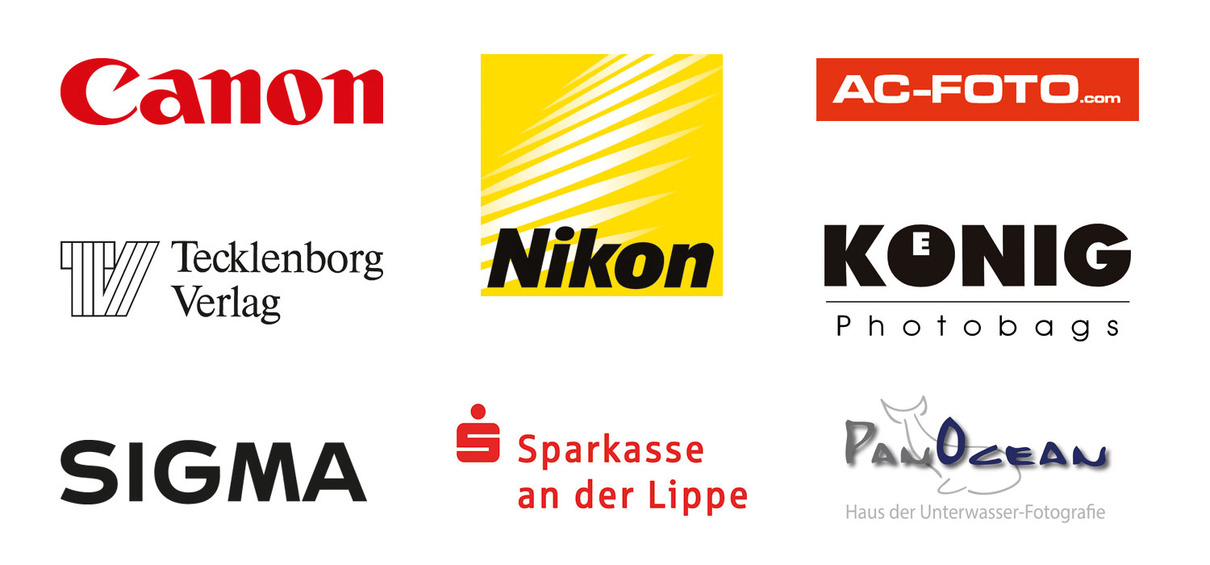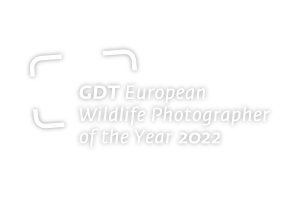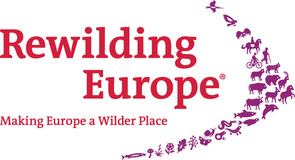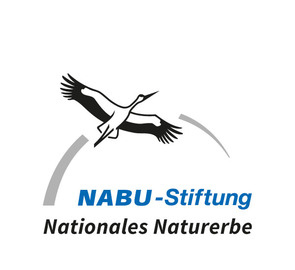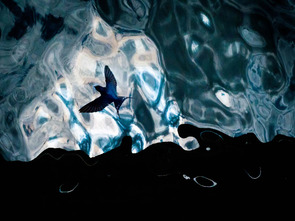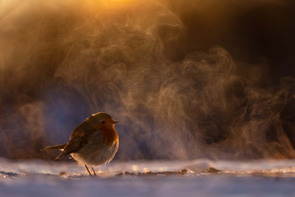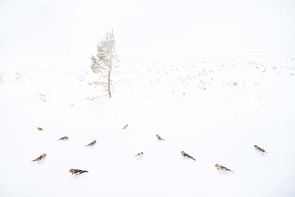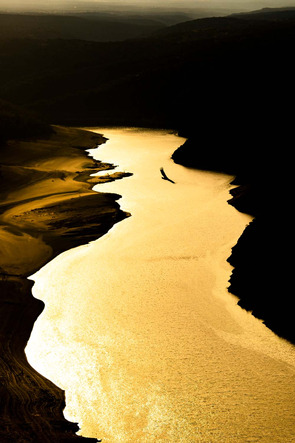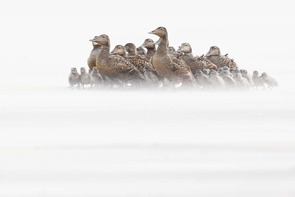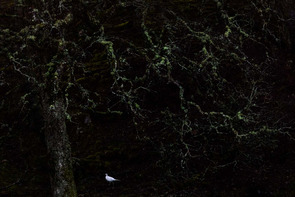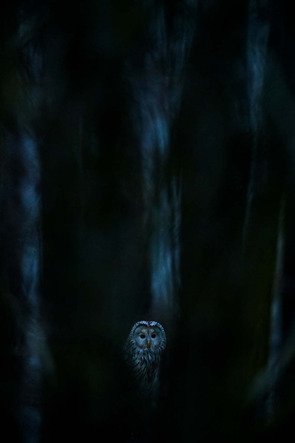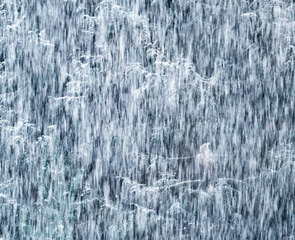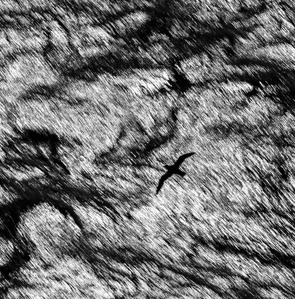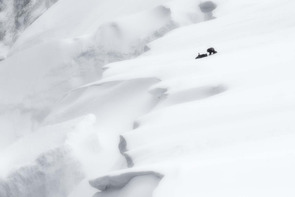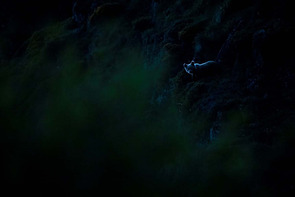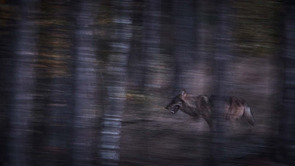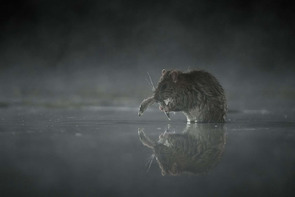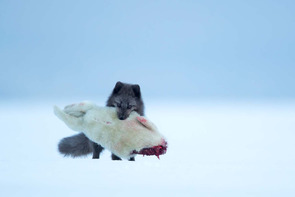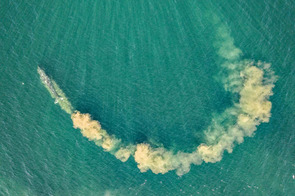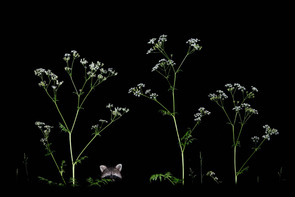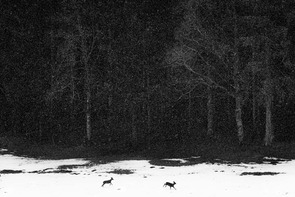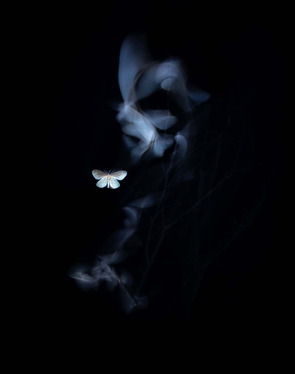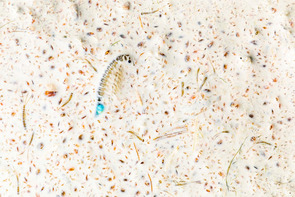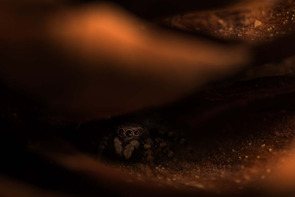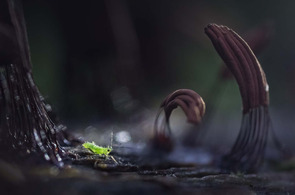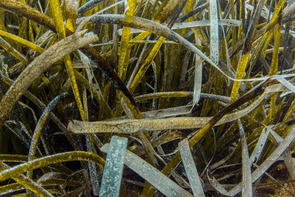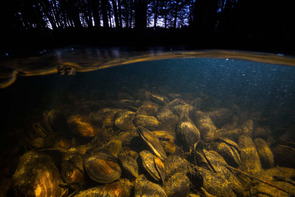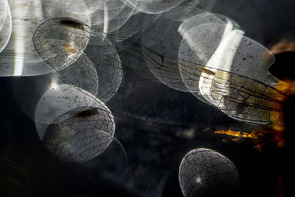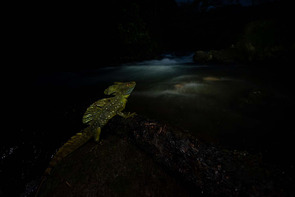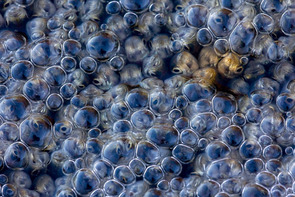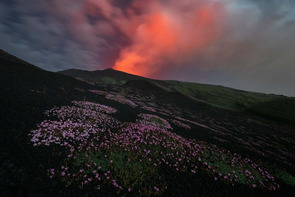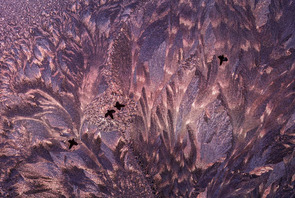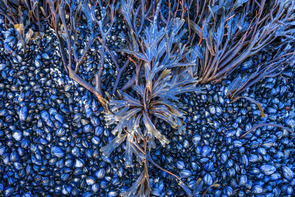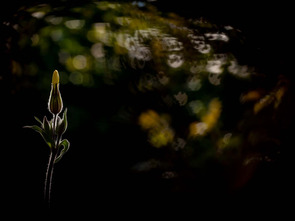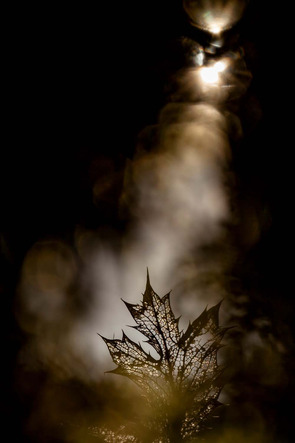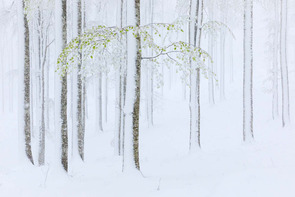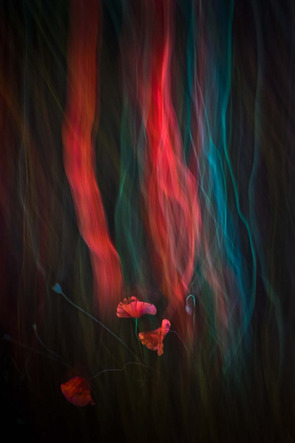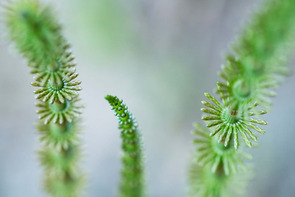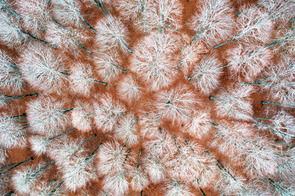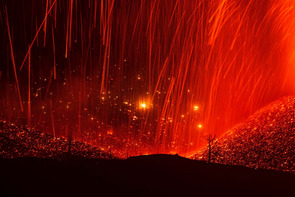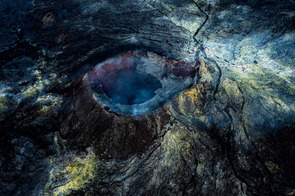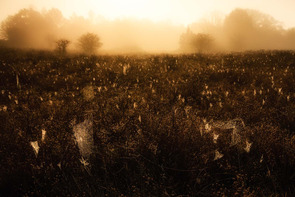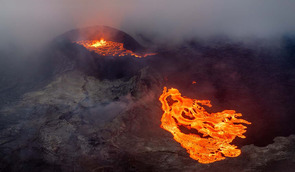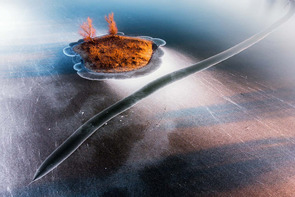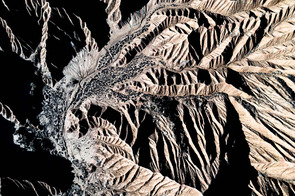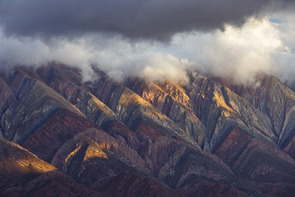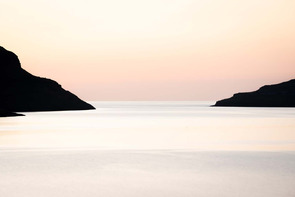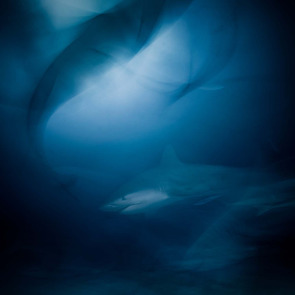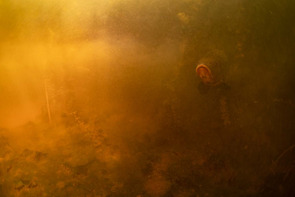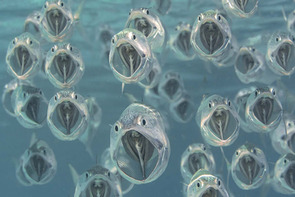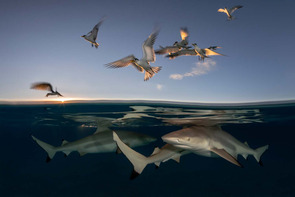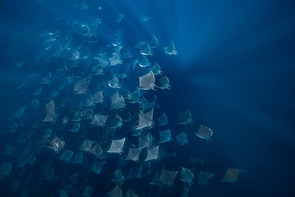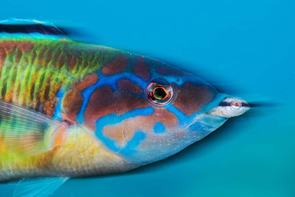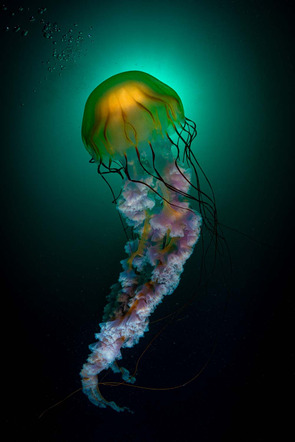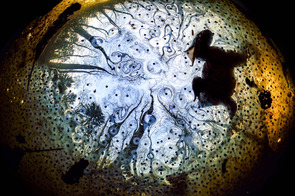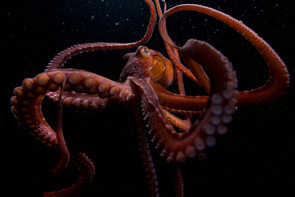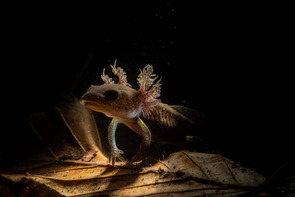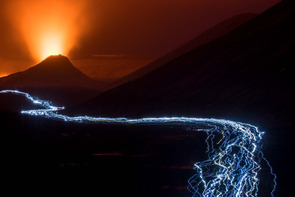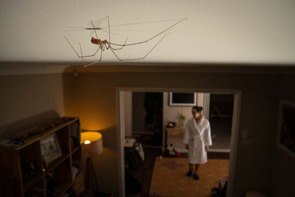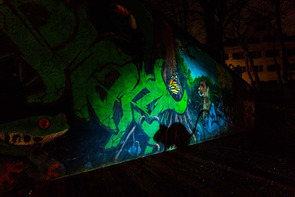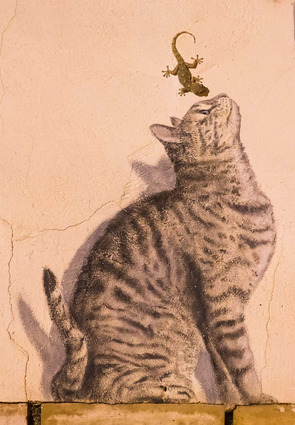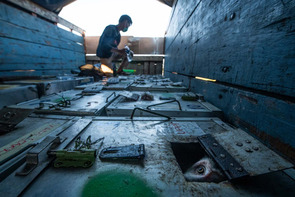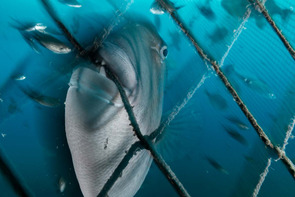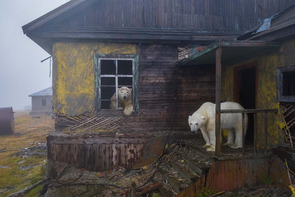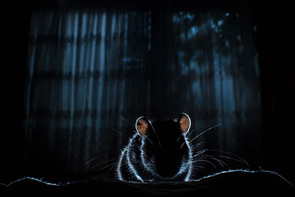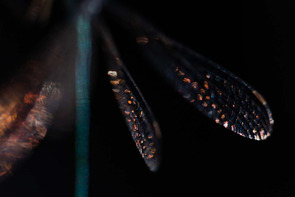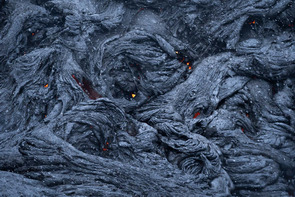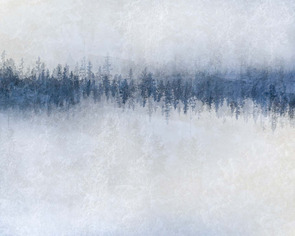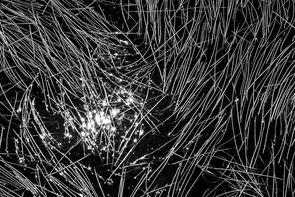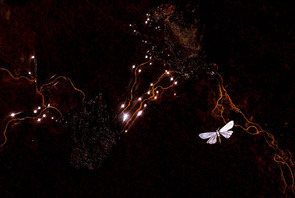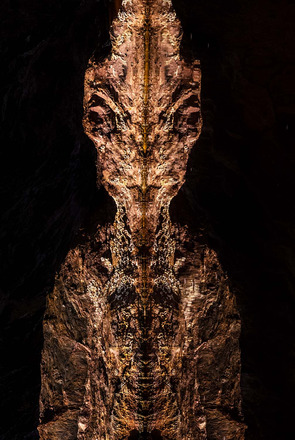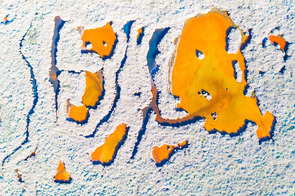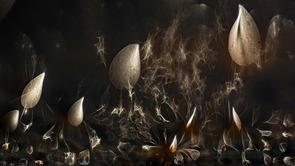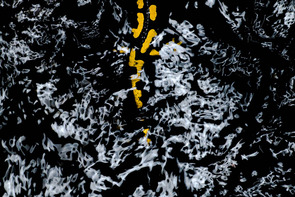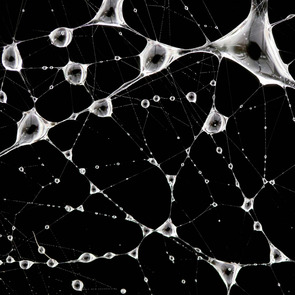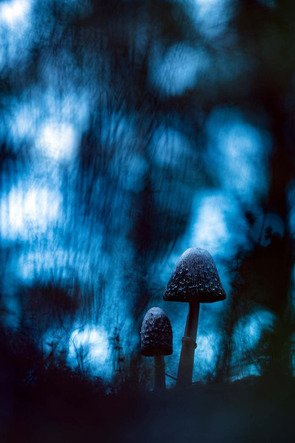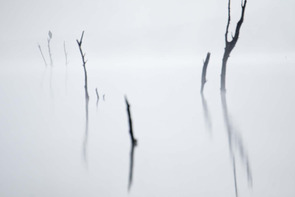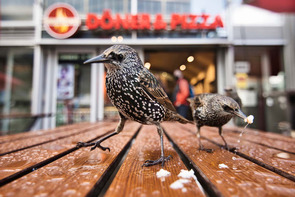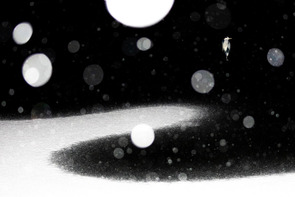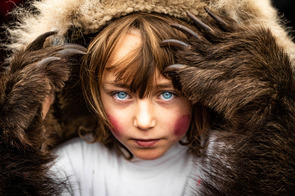Overall Winner: Mike Korostelev (RU)
HIPPO WORLD
A few years ago in South Africa I discovered a salt lake with clear water, where several hippo families (Hippopotamus amphibius) lived. It was then that I had the idea which I was going to put into practice this year. The use of an underwater drone enabled me to observe and photograph a family of nine hippos. The drone is very quiet, but nevertheless I operated the device with great care among the animals so as not to disturb them. After a few days the hippos had become completely accustomed to the new inhabitant of the lake and I was able to study their behaviour on the screen.
Gladius2.0, Drone Chasing2, ISO 154
BIOGRAPHY MIKE KOROSTELEV
"I live in Moscow but travel a lot all over the world for work (I am the founder of a travel company specializing in wildlife) and my hobby animal photography. Most of my pictures are taken underwater using a wide angle or fisheye lens. Sometimes I also use drones and camera traps. One of my favourite projects is photographing brown bears under water in the Kamchatka region (Russia) not far from Lake Kurile. For four years I spent about a months there every years during the spawning season of sockeye salmons. To achieve best results, I used remote cameras on tripods. In nature photography, I want to show people how fragile nature is and how important therefore it is to protect her and not keep animals in captivity, especially not marine mammals. In Russia, many people fought against capturing orcas in the Sea of Okhotsk to be sold to dolphinariums, and finally this practice was stopped. Now, the orcas have returned to freedom, but sadly we have other problems right now, and many good people remain in "captivity". Many people in Russia do not agree to what is happening right now...
But back to wildlife: I am currently working on a photo-trapping project in Land of the Leopard national park in the far east of Russia, and I am also preparing logistics and equipment for an underwater project with walruses in the north of Russia. So the future is going to be exciting ..."
www.mkorostelev.com
Category: Young Photographers to 14 Years
This category invites young photographers in two age groups (up to 14 years old and 15 to 17 years old) to enter their five best photographs, irrespective of the themes of the categories (they do NOT need to comply with the given categories).
Category: Young Photographer 15 to 17 Years
Category: Fritz Pölking Prize and Fritz Pölking Junior Prize
The Fritz Pölking Prize is a special award of the competition European Wildlife Photographer of the Year, awarded by the German Society for Nature Photography (GDT) and Tecklenborg publishing house since 2007 in memory of the late Fritz Pölking. It is given away annually to honour exceptional work in the field of wildlife photography.to Fritz Pölking Prize
Introductory note to the GDT contest European Wildlife Photographer of the Year 2022
from Sabine Riewenherm
Nature and her diversity are fascinating. The copy in form of photography is equally captivating. And it hardly matters whether photography acts as documentation or as a piece of art. This year's European Wildlife Photographer of the Year competition impressively depicts the many aspects of nature and nature photography. With their pictures photographers sharpen our view. They reveal the beauty of endangered species like the hippopotamus as well as the habitat of the common grey heron. We may think we know this species already, but have never seen it the way Jan Leßmann presents it. These photographs work without words, they leave room for an intimate approach to the depicted piece of nature and are therefore of such special value to the communication about nature conservation. At best nature photography not only inspires interest in the depicted species and their habitat but also in their protection.
The photographers are united by their photographic abilities and skills and by their exceptional sense for special moments – no matter where, at our doorstep in Germany, in Romania or in South Africa.
The winning photo Hippo world by Mike Korostelev from Russia was taken in South Africa. The animals and their habitat literally merge into one. The animals of up to 3.5 metres and three tons appear light, almost weightless. Their bright gaze suggests they have adjusted to the camera, its nothing that would be acutely dangerous to them. Quite contrary to the threats that hippos encounter daily: their habitat is diminishing. They are hunted for their meat, their teeth are often traded as a substitute for elephant ivory. It is therefore no surprise that the International Union for Conservation of Nature (IUCN) has classified their population of 125 000 to 147 000 animals worldwide as endangered. All the more Mike Korostelev's award points the way – to more aesthetic pictures and a sensitive approach to nature, not only when it comes to endangered species, but in the world, in Europe, at your doorstep.
The winner of this year's Fritz Pölking Prize was extremely successful on his own doorstep. For his series Lockdown heron Jan Leßmann went on the trail of a grey heron in Greifswald, a city in the north of Germany by the Baltic Sea. He depicted the bird on its prowls, lying in wait for prey and in flight, rich in detail and as a small part of a large urban backdrop. Quite rightly the jury agreed: the variety of aspects and the courage to take new perspectives make the stories about an everyday bird so special and worthy of an award!
The story told by the two winners of the Fritz Pölking Junior Prize is both exciting and complex: It is about brown bears in Romania, about the conflicts resulting from their dwindling habitat, but also about respect and veneration for this animal, which today we no longer see merely as an animal of prey but as an important part of the natural system. The clear visual language of the two young Dutch photographers David Hup and Michiel van Noppen is what makes their reportage stand out, not only from the jury's point of view!
But not only the awarded pictures are outstanding. Equally remarkable is the fact that 935 photographers with almost 18 000 pictures entered this year's competition – proof of the great value that nature photography now has, but also of the fact that the GDT's guidelines are being recognised, which not only call for and promote an appropriate and creative approach to nature photography, but also raise awareness for the vulnerability of and respect for creation and promote a responsible approach. And this is precisely what connects all of us – the Federal Agency for Nature Conservation, the GDT and all the photographers who took part in this competition.
Sabine Riewenherm
President of the German Federal Agency for Nature Conservation
Patron of the competition
Jury’s comment
by Felix Heintzenberg
On May 8th, Alessandra Meniconzi, Jan Magnus Reneflot, Markus Varesvuo and myself travelled from Switzerland, Norway, Finland and Sweden to the historic city of Potsdam in the vicinity of Berlin in Germany. For once, there were no cameras in our baggage, but instead the individual experiences of decades of intense work in the vast field of wildlife photography. Little did we know at this point that our physical journey would soon evolve into a metaphysical and emotional journey into the creative ideas and minds of thousands of photographers while evaluating their work and contributions to this year's European Wildlife Photographer of the Year 2022 competition.
Only a few months earlier, we had been selected by the GDT as members of the jury, and our challenging task was to spend three days filled with discussions aiming to find and decide this year’s winning photographs, a job much harder than it may sound.
During the weeks before, we all had been browsing through thousands of photographs at home and had been pre-judging them. Our task in Potsdam now was not only to reduce these thousands of images to about one hundred, but also to determine the first and second places in each of the eight categories of the competition as well as the prestigious overall winner. In Potsdam, we met our fifth jury member Sandra Bartocha and competition manager Marc Hesse, and our work was about to begin…
From the very beginning of the judging process, it was obvious that the overall quality of this year's competition was outstandingly high. The diversity of styles, subjects and photographic ideas was inspiring, as was the technical quality and perfection. Quite soon it also became obvious that judging the contributions is a highly dynamic process with lots of twists and turns. To me, photography is a lot about life and love. With our photographs we all try to honor the beauty of the living world, and we all have relationships to our own photographs – we love some and dislike others. But life is fragile, and relationships shift with time, even to our own images. In short, the relationship to our work is not set in stone. And while we initially unanimously agreed about the vast majority of the photographs, it was interesting to see how some photographs, like life itself, evolved during the process. Some became more beautiful the more we shared our thoughts about them, and others declined. We had our very own learning curves as some of our favorites were replaced by photos that did not strike us in the first place, a process that I know too well from my own photography. Perhaps one of the most important prerequisites was that we as a jury got along very well. Each of us listened to the others more than we spoke ourselves, and we did not so much defend our own views as try to understand each other's thoughts.
One of the many challenges of our work was that we only saw the final result of a photographer's work, the unveiled surface of a complex mindset, of a work that may have taken years or just a split second. At this point, our emotional journey into the minds of the photographers began to deepen. By checking the accompanying image descriptions, we tried to learn more about the work behind an image, as we ventured to understand the photographers' thoughts behind a photograph. Once again it became obvious that the first glance can be deceptive, and that photographic beauty and expression is a complex concept with many layers and points of view.
In recent years, and especially with the advent of the digital age about two decades ago, a highly developed technology has made its way into nature photography. Powerful cameras that can capture the tiniest fractions of light and transform former impossible situations into great photographic opportunities are now widespread among photographers. But with great power comes great responsibility, especially when it comes to the ethics of our work. From time to time, we dispersed into questions about the ethics behind the images. This led us into discussions about the use of drones in animal photography, about the use of artificial elements in images, the ethics of ‘arranged’ photographs, where animals are being staged, and many more. Once again, it became obvious that questions about life are complex and that there are no easy answers to most of them. However, it is important to keep in mind that we all are ambassadors of nature and that we have a responsibility to protect and respect the environment we photograph. Only by working ethically, our message about the environment and wildlife will be convincing and used in a positive way, influencing other people to become more aware of conservation and promoting a greater concern for the environment. Today more than ever before, in times when pressure on the environment is already huge, with climate change, habitat loss and decreasing biodiversity among the most pressing ecological problems on a global scale, there is an even greater need for ethics as a firm foundation in nature photography.
We had many agreements and disagreements, but our very different photographic backgrounds were what led to the final choices and decisions, sometimes after having followed a long and winding road. I am well aware of the fact that judging a competition is not mathematics with defined rights and wrongs, but I feel confident that we have made fair and well-grounded decisions in our search for photographs that not only depict elements of nature, but also include elements of originality, surprise and emotion. This year's overall winning picture of the hippos by Mike Korostelev is such a photograph; it conveys something we have never seen before as well as presence, interaction and drama, and many other awarded pictures do that as well. Congratulations to all the winners!
On behalf of the Jury,
Felix Heintzenberg
We´d like to thank our sponsors:
